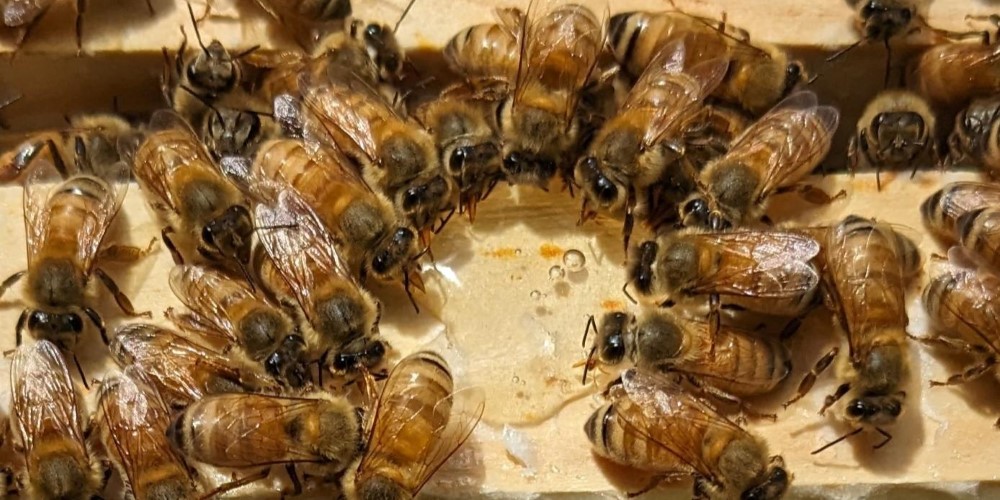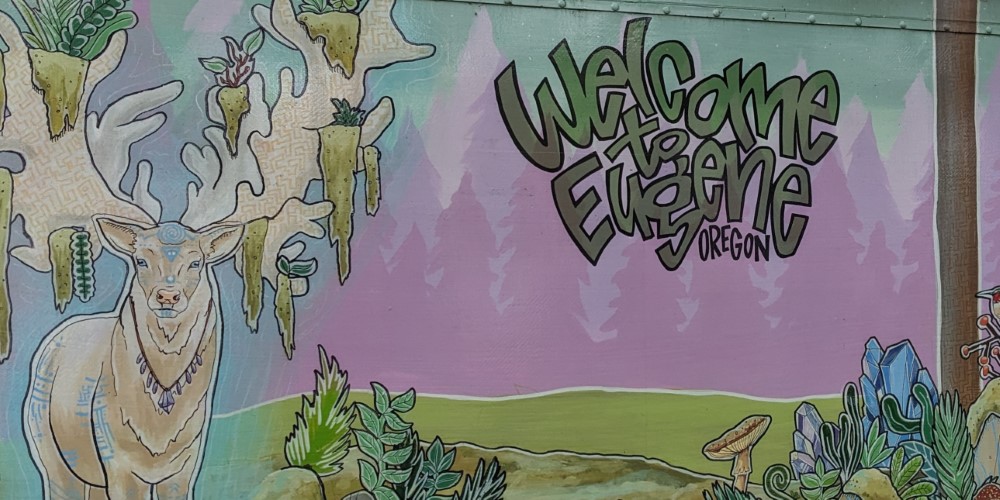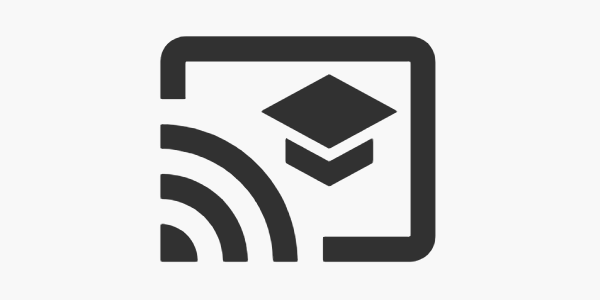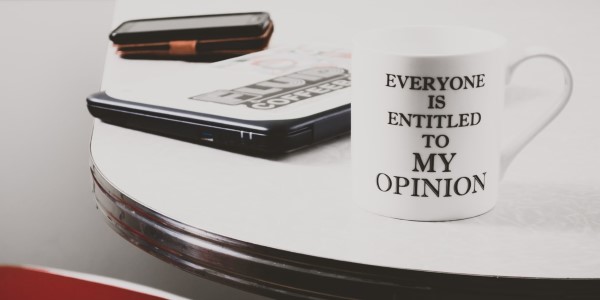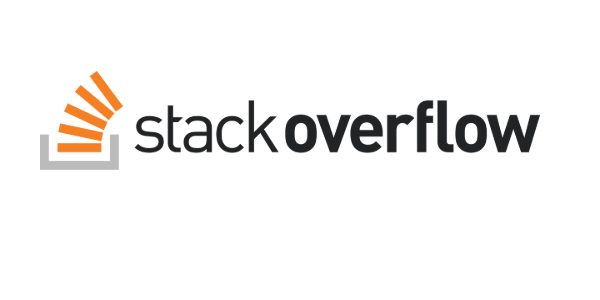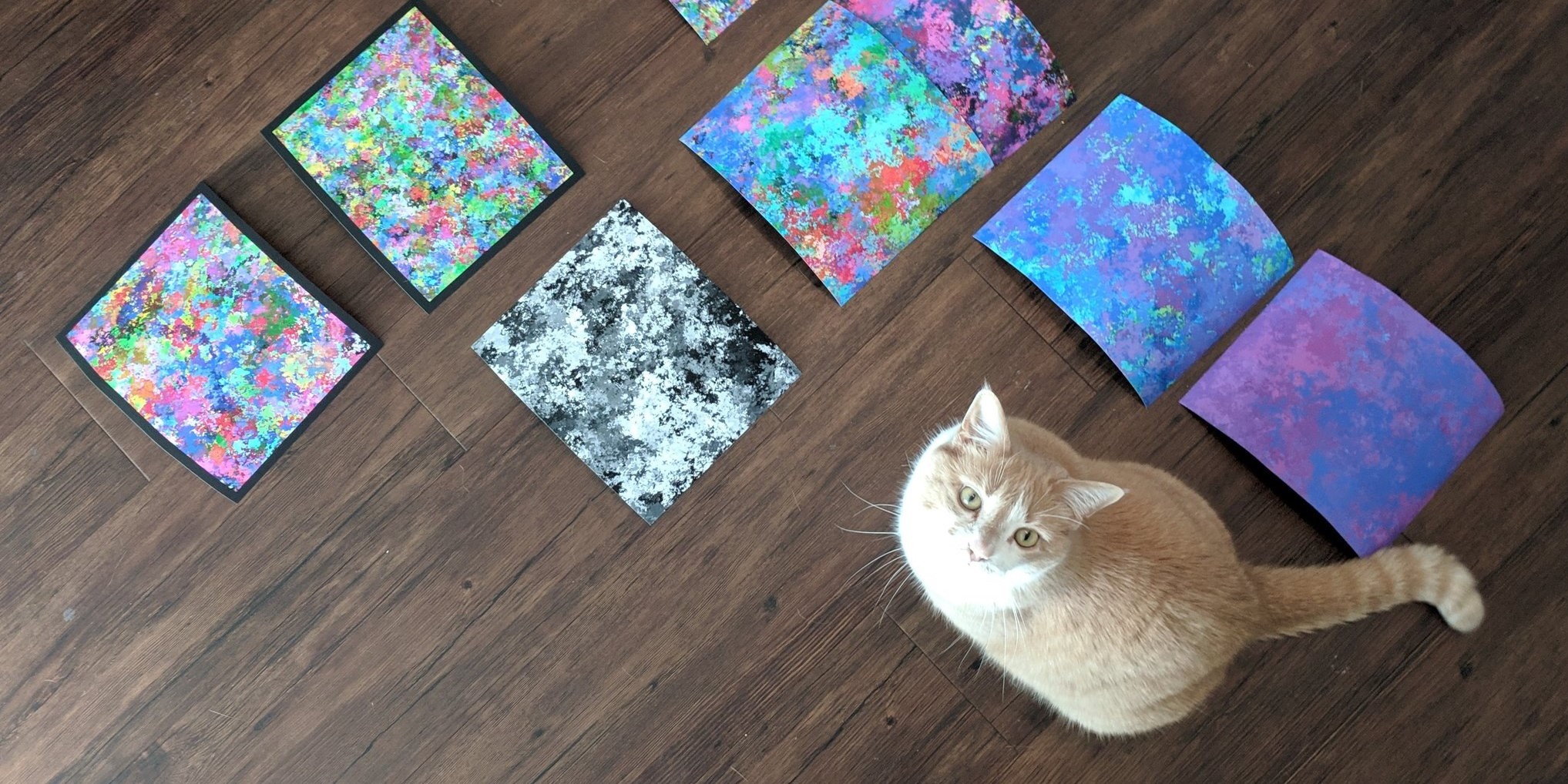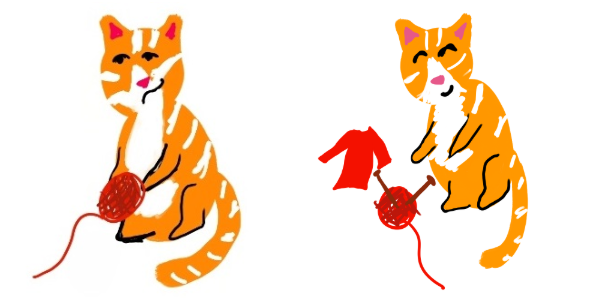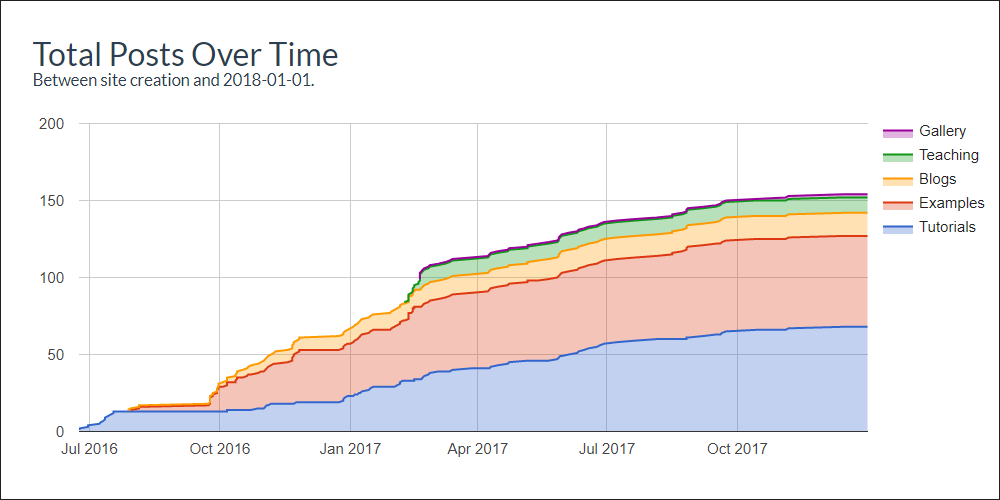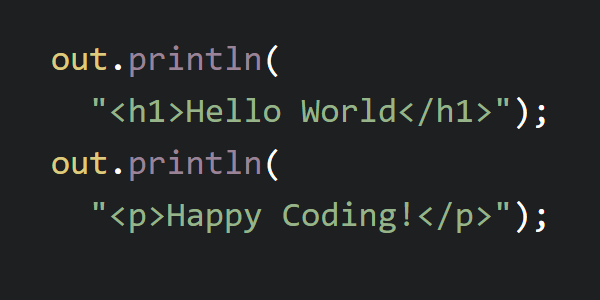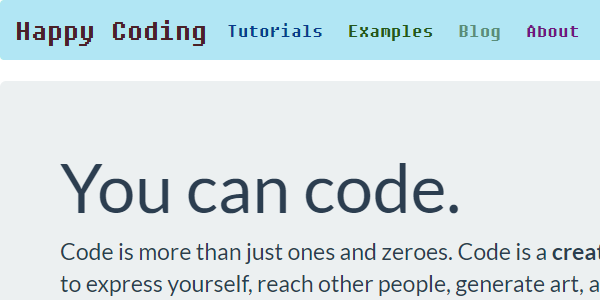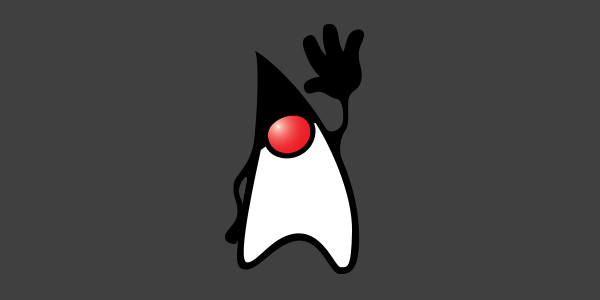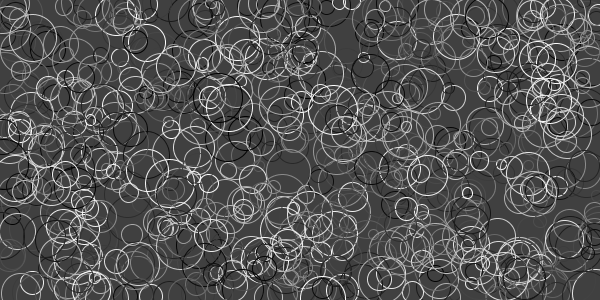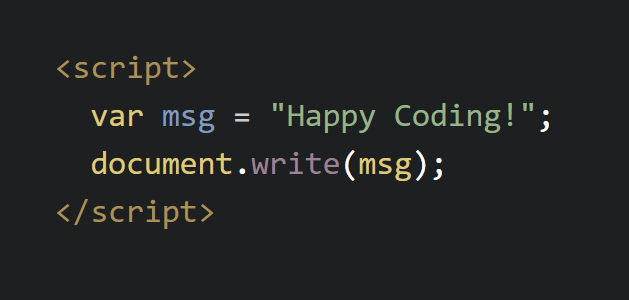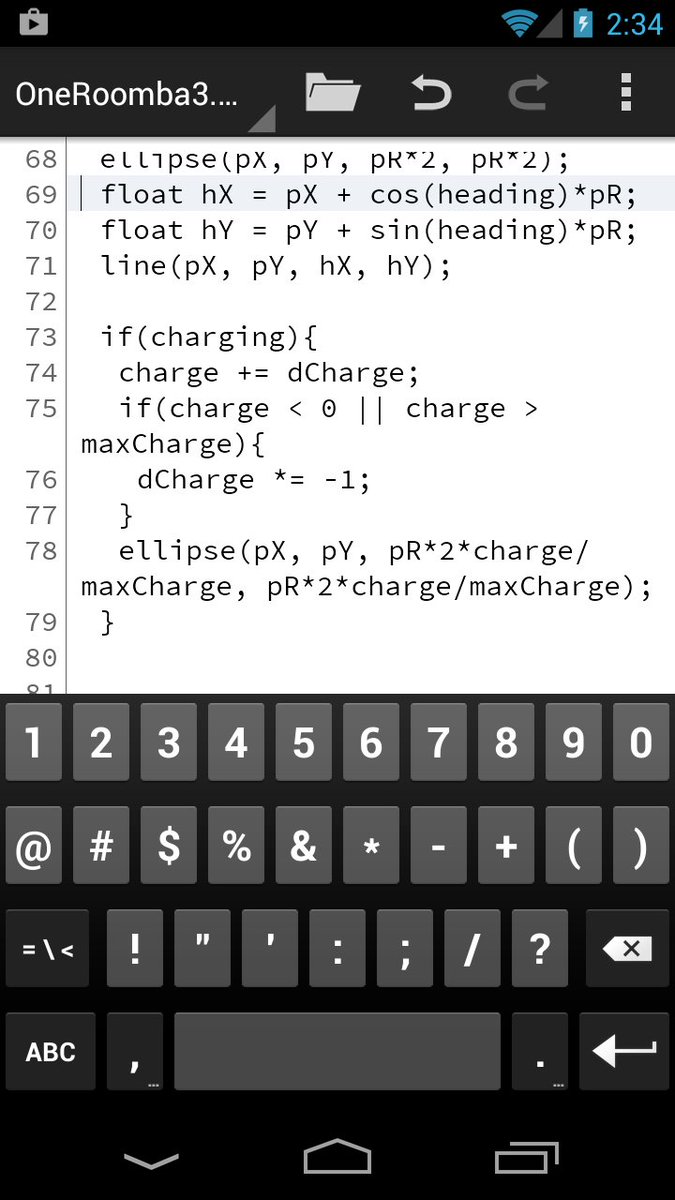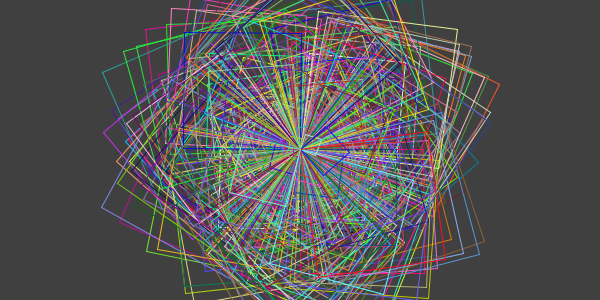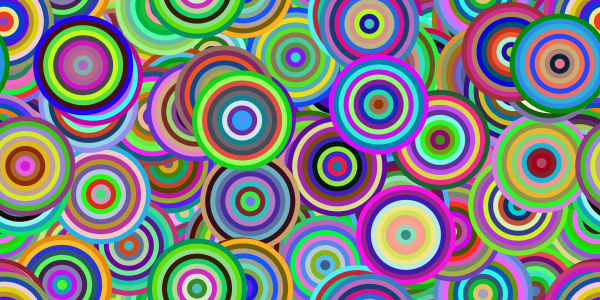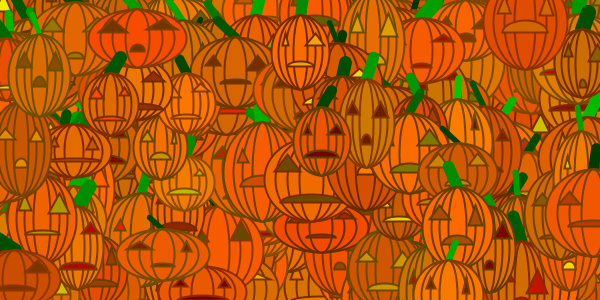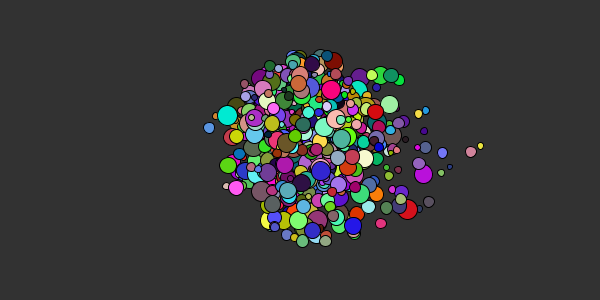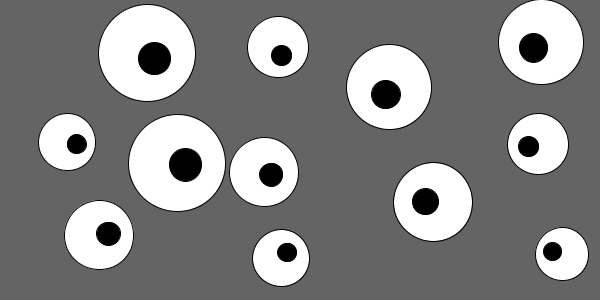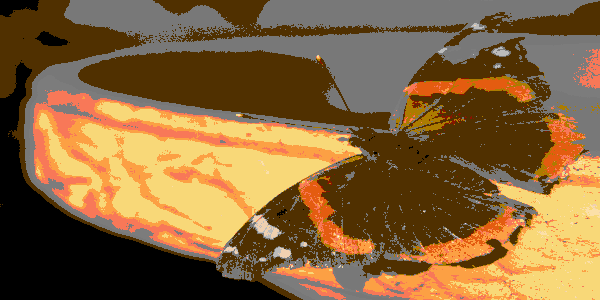The Quadrilateral of Creativity
The Quadrilateral of Creativity
I don’t know whether I consider myself a creative person. I’m not particularly artistic, but I do enjoy fiddling around and making things. I’ll often hear reactions like “I wish I was creative!” or “I wish I could do that!” and I never know how to react. I know they’re meant as compliments, but I always want to tell the person “You can be creative! You can do anything you want!”
That might sound a little after-school-special, but I strongly believe that creativity has less to do with innate ability and more to do with putting the work in. Creativity is a choice, or maybe a series of choices. I’d break it down into four concepts:
- Knowledge
- Ideas
- Time
- Motivation
These concepts form the corners of what I’m going to call the quadrilateral of creativity. I think creativity is a combination of these four corners, and each one has its own problems and solutions.
My creative energy usually manifests as some form of digital art: either animations, or little games, or even a tutorial or example. But I think a lot of this applies to any form of creativity, so I’m hoping this is useful to anybody feeling stuck in their creative process.
Knowledge
The how of creativity.
I almost didn’t include knowledge in this list- the original title of this blog was going to be The Triangle of Creativity. But I suppose it’s hard to paint if you have no idea how to hold a paintbrush, so it felt a little disingenuous to leave it out.
On the other hand, I also think people worry too much about whether they have “enough” knowledge. “I can’t do that, I don’t know how!” Instead of worrying about what I don’t know, I find it much more productive to focus on what I can accomplish with what I do know, and then I build on that.
Scope
A common theme throughout this article is going to be scope. One of the most common mistakes when coming up with a project is trying to take on a challenge that’s too big and too complicated. You pick a project that you don’t even know how to start, and you never make any progress, feel demotivated, and treat it as evidence that you just aren’t cut out for it.
Instead, one of the most important factors in success is picking a small enough project. If you want to paint, don’t start by trying to reproduce the stuff you see hanging in a museum. Start with stick figures. If you want to be a game developer, don’t start by trying to make the next Minecraft. Start with Pong. If you want to get into film-making, don’t start by creating a two-hour movie. Start with a 30-second YouTube video.
Production Value
Another challenge around creativity that often goes overlooked is the ability to present your work, to put it out in the world. I personally don’t care about making money from my side projects, but I do get a lot of motivation from sharing the stuff I make. Art is only so fun if it’s done in a vacuum.
The problem is, the process of putting your stuff out in the world is actually really hard and involves a different set of skills than creating the thing in the first place! You can be a genius painter, but not know anything about setting up a gallery. You can create an amazing piece of digital art, but not know anything about portfolio websites.
The first 90 percent of the code accounts for the first 90 percent of the development time. The remaining 10 percent of the code accounts for the other 90 percent of the development time. - Tom Cargill
This is something I struggle with, and I keep telling myself that I’m going to collect all my stuff into a gallery page sometime soon. In the meantime, my approach is to stick with what I do know: this can be something like sharing an image on Twitter, or posting your process to a blog. Sharing some progress can be exactly the motivation you need to keep going.
So if you’re struggling with the knowledge corner, start small and work incrementally. Use each project to build up your knowledge just a little bit, and then post what you have so far. Over time, those small steps add up until you have all the knowledge you need to do anything you can think of.
Ideas
The what of creativity.
Knowledge is a good start, but it doesn’t mean much if you don’t know what to do with it. I often hear things like “Where do you get your ideas?” and “I want to make something, but I don’t know what!”
I think the key here is to give yourself time to think, away from where you do the work. Don’t sit there and stare at an empty page, blank canvas, or a blinking cursor. Get up and go on a walk.
Default Thoughts
Better yet, don’t wait until you’re stuck before you start brainstorming. Instead, I try to get in the habit of always thinking about what I want to create. I’ve called this my default thought because it’s what I think about when I’m not thinking about anything else.
This is what I think about when I’m waiting in line, or stopped at a red light. (I came up with the idea for this article while riding my bike to work.) I try to resist the urge to get my phone out and check Twitter, and I give myself time to think instead. Whenever I have an idea, I write it down, so I always have a list of ideas I could work on. You’d be amazed at what you come up with when you’re not really thinking about anything at all.
Ask Questions
Many of my favorite ideas come from asking questions. How would I do that? What’s the simplest way I can represent this? These questions often have nothing to do with the medium I’m working in: I don’t get ideas about code from staring at a computer. I get ideas about code from looking at nature, or wondering how things fit together in the real world, or from thinking about other types of creativity: movies, watercolors, books, music, whatever.
Go on a walk and ask questions. What is that person thinking? How are clouds formed? How did that rock get there? How old is that tree, and what has it seen? What did this place look like 100 years ago? The answers aren’t all that important. It’s the question that kickstarts the creative process.
Sketch
It’s also okay to not have a fully-formed idea before you get started. One of the reasons I like Processing and p5.js so much is that they encourage thinking about projects in terms of sketching. Just like you can experimentally doodle with a piece of paper and a pencil, you can do the same thing with code, or with many other forms of creativity.
Start with a single shape (I tend to start with a circle) and go from there. Add a color, or an animation, or some user input. (If you’re writing, start with a single sentence. Add a character, or describe the setting. If you’re painting, start with a single line. Add a shape, or another line.) Add stuff until you hit something that feels interesting to you, and then explore that direction. If all else fails, call it abstract art.
Limit Yourself
The enemy of art is the absence of limitations. - Orson Welles
I mentioned scope above, and I’ll mention it again here. It might sound backwards, but one of the best ways to think of ideas is by giving yourself limitations. What can I create using just two colors? What can I create with just circles? What can I create using my cat as a muse? By restricting yourself a little, you actually open up your ability to think of an idea within that space.
(If creative coding is your thing, check out CodePen’s weekly challenges for inspiration.)
Time
The when of creativity.
Another common obstacle is just not having enough time to sit down and do the work. I see a lot of advice that boils down to sleeping less, but I don’t think that’s the answer.
The Power of Boredom
Instead, I try to harness my boredom and make it as easy as possible to get back to my projects. I always have my IDE running with whatever program I’m coding, I always have a text editor open with whatever article I’m writing, and I always have a terminal open so it’s as easy as possible to sit down and start working. If it’s less work to put the work in than to turn on Netflix, then I’m more likely to put the work in.
So if you’re learning how to play the guitar, keep your guitar out. If you’re painting, dedicate a corner of your room to your easel. The goal is to make it as easy as possible to jump back in. And you don’t have to spend hours on it every time. Little 5-minute sessions add up pretty quickly.
Ship It
One of the biggest obstacles in the creative process is that you’ll never feel finished. The thing you’re working on will never quite be ready; it’ll never quite be good enough. Ship it anyway. If you don’t put it out into the world, you’ll eventually burn out and stop working on it altogether.
Perfect is the enemy of good. - Voltaire
Give yourself a timebox. Work on projects that take a few hours, not weeks or months. Give yourself a deadline, and stick to it. Give yourself a weekend, and post whatever you have on Sunday night.
(Side note: if game development is your thing, check out game jams like Ludum Dare which gives you a lot of what I’m talking about here.)
After you ship whatever you have, you can keep working, but it should be in small incremental steps. Break your larger goal down into smaller individual goals, and work on those goals one at a time. You might not have time to draw a whole mountain scene. But you probably can find time to draw a single tree in that scene.
Motivation
The why of creativity.
Of course, none of the above matters if you just don’t feel like doing it. I struggle with this myself: sometimes I’d just rather watch Netflix than put the work in. Harnessing my boredom helps a lot with this, as I trick myself into better habits.
What energizes you?
Another thing that helps is understanding what aspects of the creative process I enjoy, and what feels like work. I try to save the more interesting parts for times when I have less motivation, and I use my more energetic days for the less exciting stuff.
For example, I weirdly enjoy fiddling around with CSS, changing the background color, the font size, whatever, and switching back and forth to see which version looks better. Doing that kind of work actually energizes me, so I save it for times when I’m not feeling particularly motivated. On the other hand, I find stuff like setup and deployment really boring, so I’ll save that stuff for times when I do feel motivated.
I might also start with something fun to get my energy levels up, and then switch to something less interesting after I’m focused. Tricking myself into putting the work in.
The Quadrilateral of Creativity
My hope with this article is that by thinking about the 4 corners of creativity (knowledge, ideas, time, and motivation), we’ll be able to identify which parts we struggle with. By focusing on those parts, maybe it becomes a little easier to go from “I wish I could do that!” to “Look what I created!”
For example, I struggle the most with finding time and motivation, which is probably why I’ve built up so many systems to trick myself into putting the work in.

If you find yourself with a creative block, try thinking about it in terms of your own quadrilateral. Which corner are you struggling with?
I’m using the word “creativity” a bit loosely. I could have called this The Quadrilateral of Productivity and it would have meant the same thing to me. I know creativity and productivity aren’t the same thing, but I also think creating takes a certain drive that people often overlook. The ability to create doesn’t come naturally, it takes putting the work in. And putting that work in is a choice.
Think about it this way: if you work for somebody else, most of the above is given to you. You get the knowledge from school or training, you get the ideas from whoever assigns your work, you get the time from being there 40 hours a week, and you get the motivation from the paycheck. If you’re creating something just for yourself, you need to give yourself the knowledge, ideas, time, and motivation. There’s a lot more to creativity than having a good imagination.
To summarize:
- If you think you don’t have enough knowledge to be creative, then make sure you’re working on a small enough project (think hours, not weeks) and then incrementally improve your skills over time.
- If you’re stuck trying to come up with ideas for projects, then go on a walk, give yourself a default thought, ask questions, take inspiration from other forms of creativity, and limit yourself to fewer options.
- If you feel like you don’t have time to be creative, then make it as easy as possible to jump back into the work, and give yourself a deadline. When your time’s up, ship it, even if it doesn’t feel done. Repeat that process to build up to bigger goals.
- If you struggle with motivation, then use your boredom and understand your motivation enough to save the fun stuff for times when you have less energy.
What does your quadrilateral of creativity look like? Do you have any tips for improving any of the 4 corners? Did I miss anything? Is it actually a pentagon of creativity?

